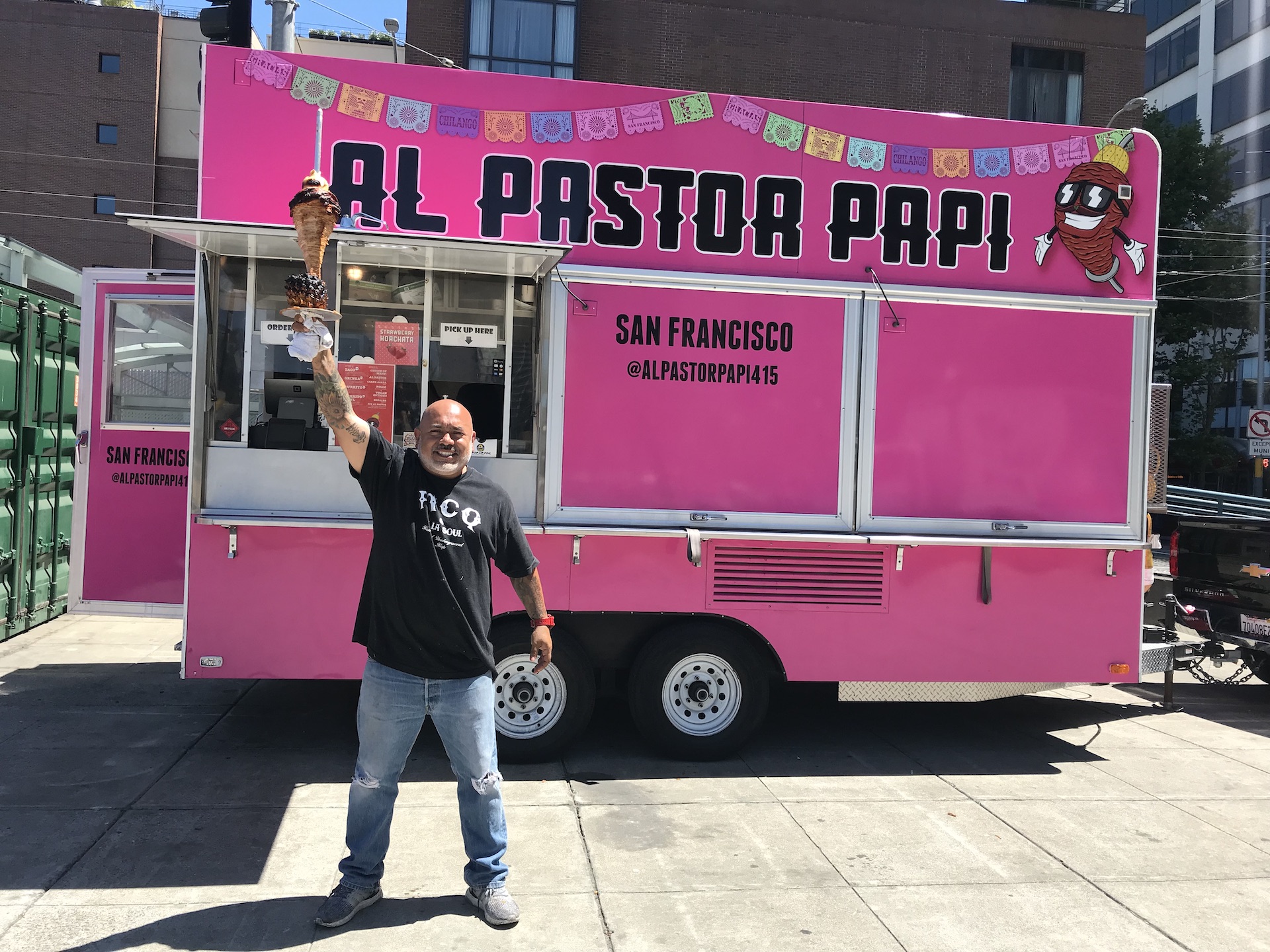The Story of Netflix's 'Las Crónicas Del Taco' Is a Bay Area Story Too
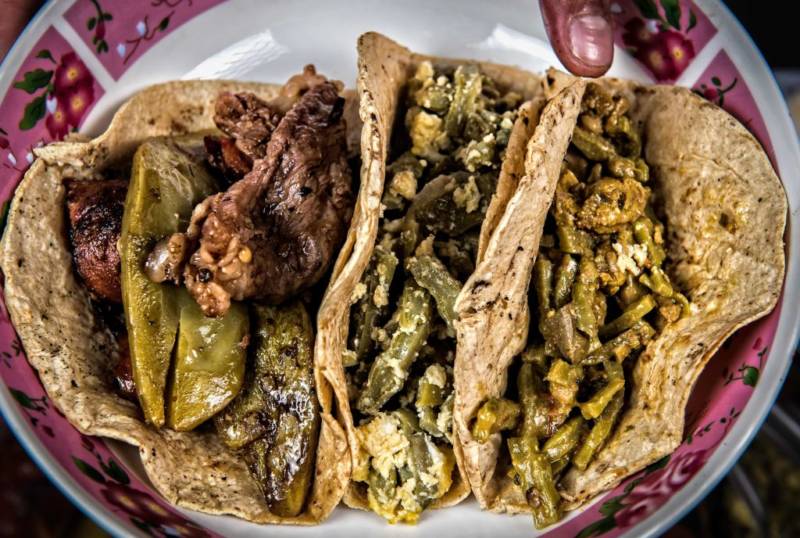
The late L.A. Times restaurant critic, Jonathan Gold used to say about tacos, “...when we move to New York or Paris, it is tacos that haunt our dreams; when we are hungry after a night of dancing, it is the taqueros who nourish us, who appear precisely where and when we need them the most.”
Gold was right, and if he were alive today, he would be incredibly proud to see that his former restaurant scout, Javier Cabral (now editor of L.A. Taco) became an associate producer and taco scout behind the recently premiered Netflix series, Las Crónicas del Taco (Taco Chronicles). The show takes viewers on a journey through various parts of Mexico, to dissect how tacos such as asada, al pastor, carnitas, barbacoa, canasta, and guisados land on your plate, their history, and the labor of love behind them.
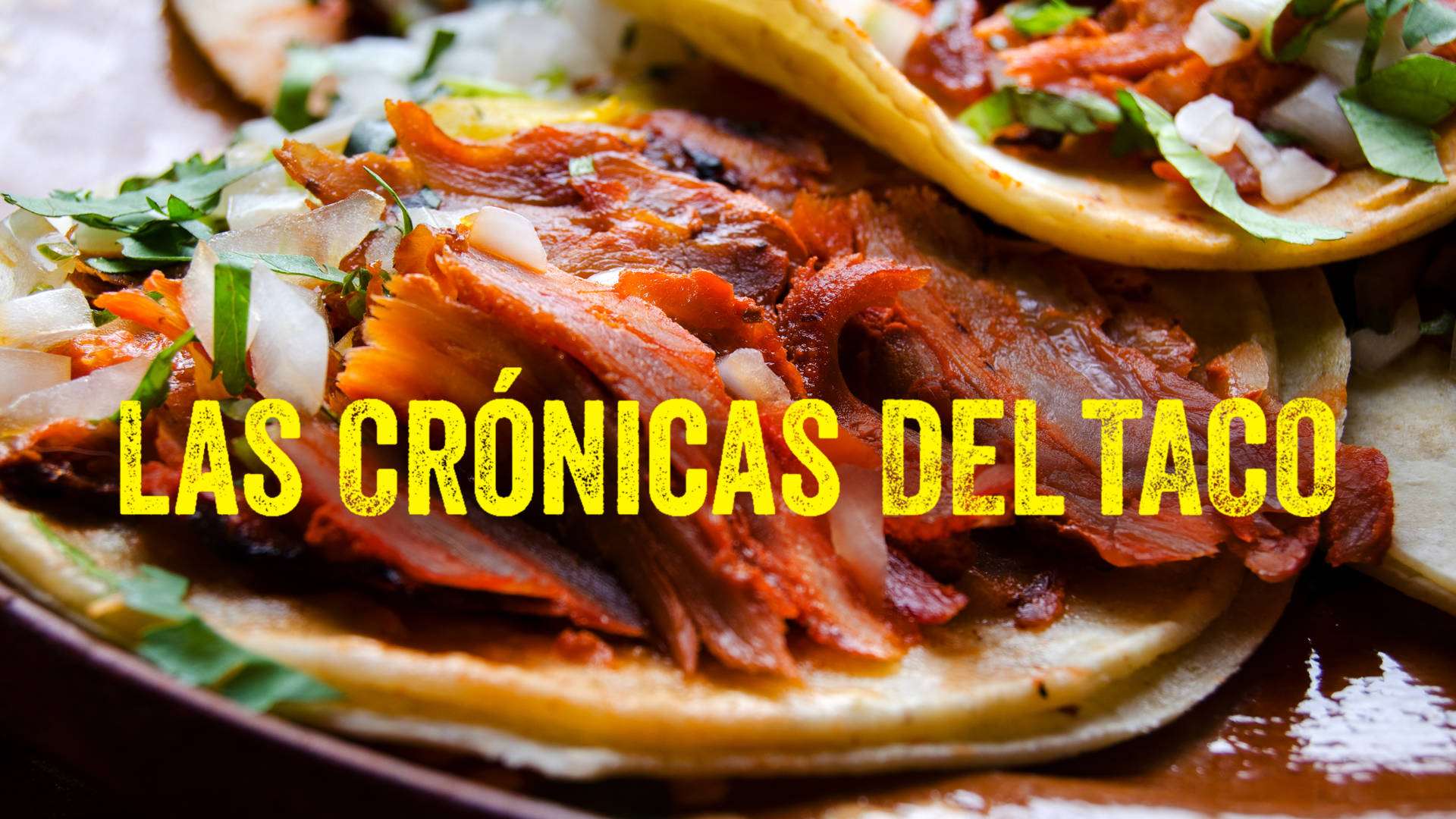
Cabral became involved with the project thanks to the creator of the series, Mexican producer, Pablo Cruz. For those not familiar with his work, Cruz is behind projects such as the movie Miss Bala starring Gina Rodriguez, the AMC TV show, Fear The Walking Dead, and the Spanish series, Luis Miguel (now streaming on Netflix).
“We had an instant creative food chemistry, we both love food in a very obsessive and human level,” Cabral said. “We love the stories of the people behind it, especially now in this day and age where that stuff really matters for political and ethical reasons.” The two initially met years prior over Korean style smoked duck bbq at a restaurant in L.A.'s Koreatown.
Their eye, not only for the delectable visions of the tacos in each episode but also the personal stories behind it, genuinely sets the series apart from others currently streaming on the platform. And so, Cabral set off on a year-long mission to find the taqueros and their respective taquerias that would ultimately land in the show. The hashtag #tacosforpablo on Instagram showcases his journey.
What they wanted was for viewers in both Mexico and the United States to feel connected to each episode. Living in L.A., Cabral captured noticeable cultural differences between the way tacos are seen in Mexico versus here in the states. “In the U.S., tacos are taken for granted, its deliciousness, and cost-effectiveness,” Cabral said of some people expecting a taco to be cheap. “In Mexico, tacos are just tacos, people just love them. Tacos are celebrated as a way of life.”
“Tacos are a collective experience,” Cruz said. “Mexicans don’t take them for granted.” For Cruz, tacos are unequivocal, the maximum representative of Mexico.
While working on the series, he also wanted to avoid the Taco Chronicles from being seen from an outside perspective. Instead of celebrity chefs, each episode is narrated by the taco itself thanks to the work of voiceover actors. “We wanted to give each type of taco a personality,” Cruz said of the distinctive voice narrating each episode. The goal, Cruz added was to showcase the actual taqueros. “There’s no one better to talk about their creative food journey, than the taqueros themselves.”
The process taqueros work through—how they develop their craft—is something he knows doesn’t only happen in Mexico, and can also be seen here in the states. His favorite place comes out of the neighborhood in L.A. where he resides. “Just imagine the story, an immigrant family from Oaxaca, they come [to the states] and set up their taco stand.”
Series creator Cruz said, “the taco is an art, [and] this series pays homage to tradition.”
Here in the Bay Area, there are countless similar stories of perseverance. Some of the best food you have probably eaten comes thanks to the labor of immigrants.
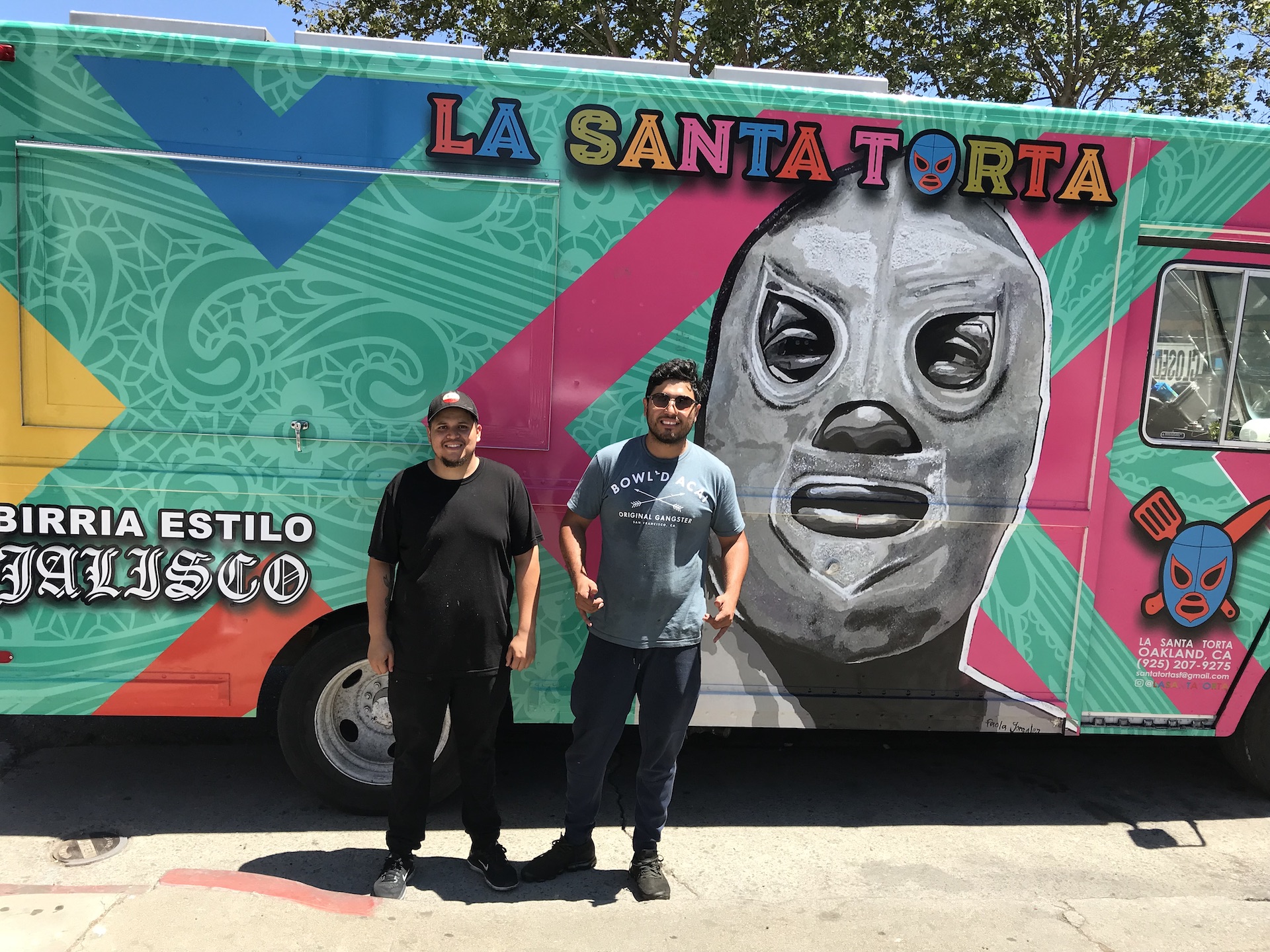
For business partners Leonel (Leo) Oblea and Victor Guzman, opening the taco truck La Santa Torta where they specialize in Jalisco style birria and consome was a result of wrongdoings by the Trump Administration. Both Oblea and Guzman are Dreamers (a name given to young adults who came to the States as kids at no fault of their own). Both are DACA recipients (the Deferred Action for Childhood Arrivals is a policy implemented by the Obama Administration which granted Dreamers the opportunity to apply for a work permit).
In March of 2018, the program was rescinded by the then Attorney General Jeff Sessions. It meant that thousands of Dreamers were put back in limbo, and many whose work permits expired that year would lose their status. Oblea and Guzman were two of those Dreamers who lost their jobs after their work permits expired.
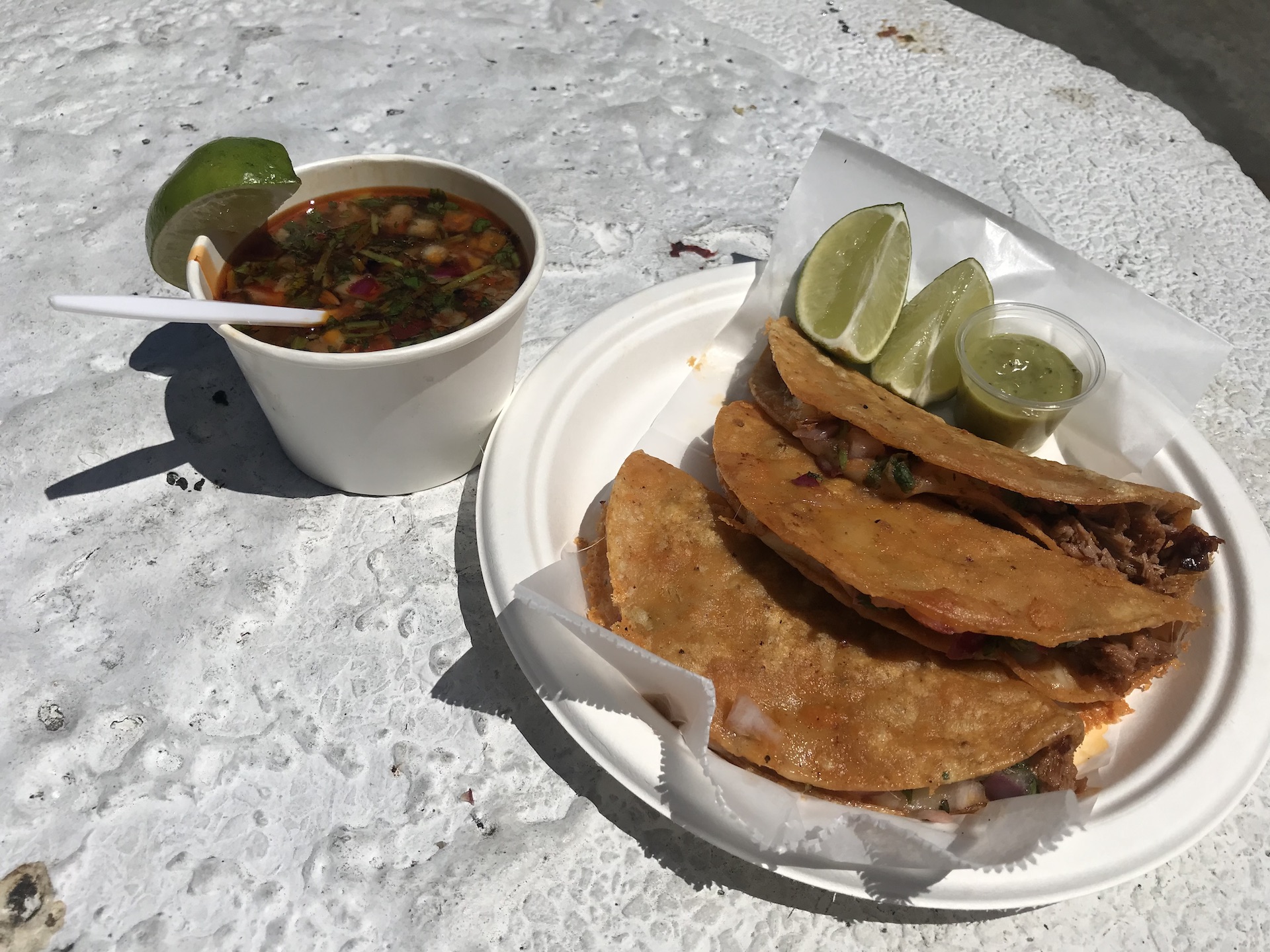
For Oblea, the labor of love behind the food at La Santa Torta is deeply personal for him. “My goal [with my food] is to make people feel like they are back in Jalisco,” Oblea who is unable to return to Mexico said. Thanks to a ruling in the U.S. district court in the District of Columbia, he and Guzman are able to renew their work permits once more (DACA recipients who previously held a work permit can submit the $495 fee to renew their two-year work permit).
In the year-and-half, since they opened, Oblea and Guzman already have a second truck, and their goal is to expand to a brick and mortar in Oakland. They see their food and service as a way to help those who are much like them and cannot travel back to Mexico. “Our spices come from the mercado de abastos in Guadalajara,” Oblea said. “My grandma goes out there and brings us back chiles de Yahualica which we use in our salsa, and spices for the birria.”
“Our food is comfort food,” Oblea said of making his customers feel close to home. “It tastes like Mexico, it takes them back [in the form a taco de birria].”
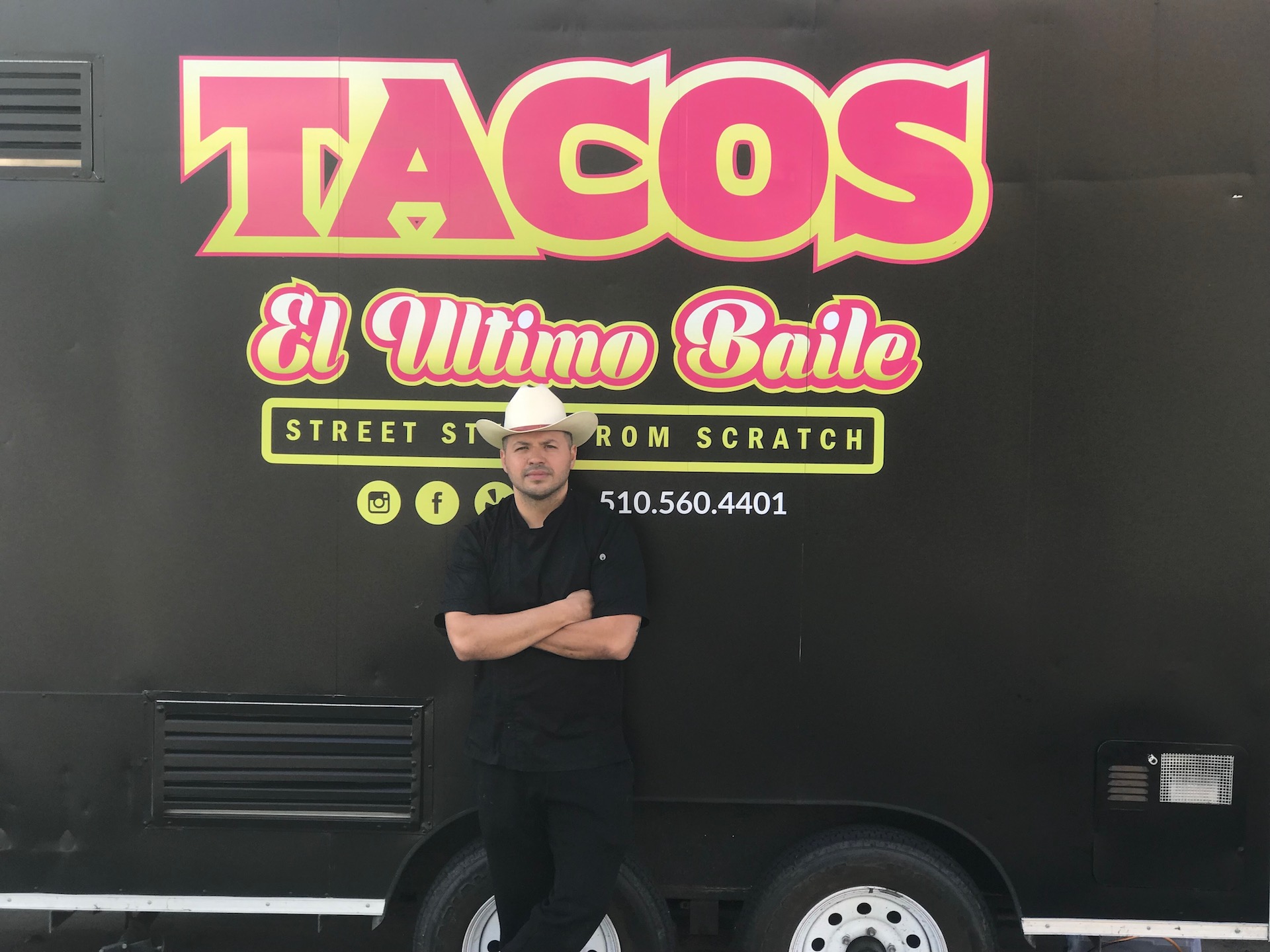
Not far from the Jack London Square neighborhood where you can find La Santa Torta, another taco truck is gaining notoriety and a cult following. Tacos El Último Baile started off as a taco stand, much like Pablo Cruz’s favorite place in L.A.. Back in 2016, Dominic Prado, the taquero behind it, started out of the outdoor space of The Legionnaire Saloon, a bar in the Uptown neighborhood of Oakland.
Now, Prado is the proud owner of an actual truck. Most weekends, you’ll catch him at “23rd and Telegraph,” as he often advertises on the business’s Instagram account. Other times, you might see the truck outside of Bandcamp off Broadway, but still in the same vicinity.
For Prado who spent time in Mexico, the best tacos al pastor he’s ever tried are from the Mexican state of Morelos in the city of Cuernavaca. The best asada out of the many places here in the States and in Mexico where he has tried tacos? “In Tijuana, but also, Calexico has better tacos than Mexicali,” he said.
Prado takes pride in making the asada and chicken meat al carbon. A process which basically means grilling meat over mesquite charcoal. “Not all charcoal is the same,” Prado said. He has a favorite type which is a quintessential part of his secrets behind how he grills the meat.
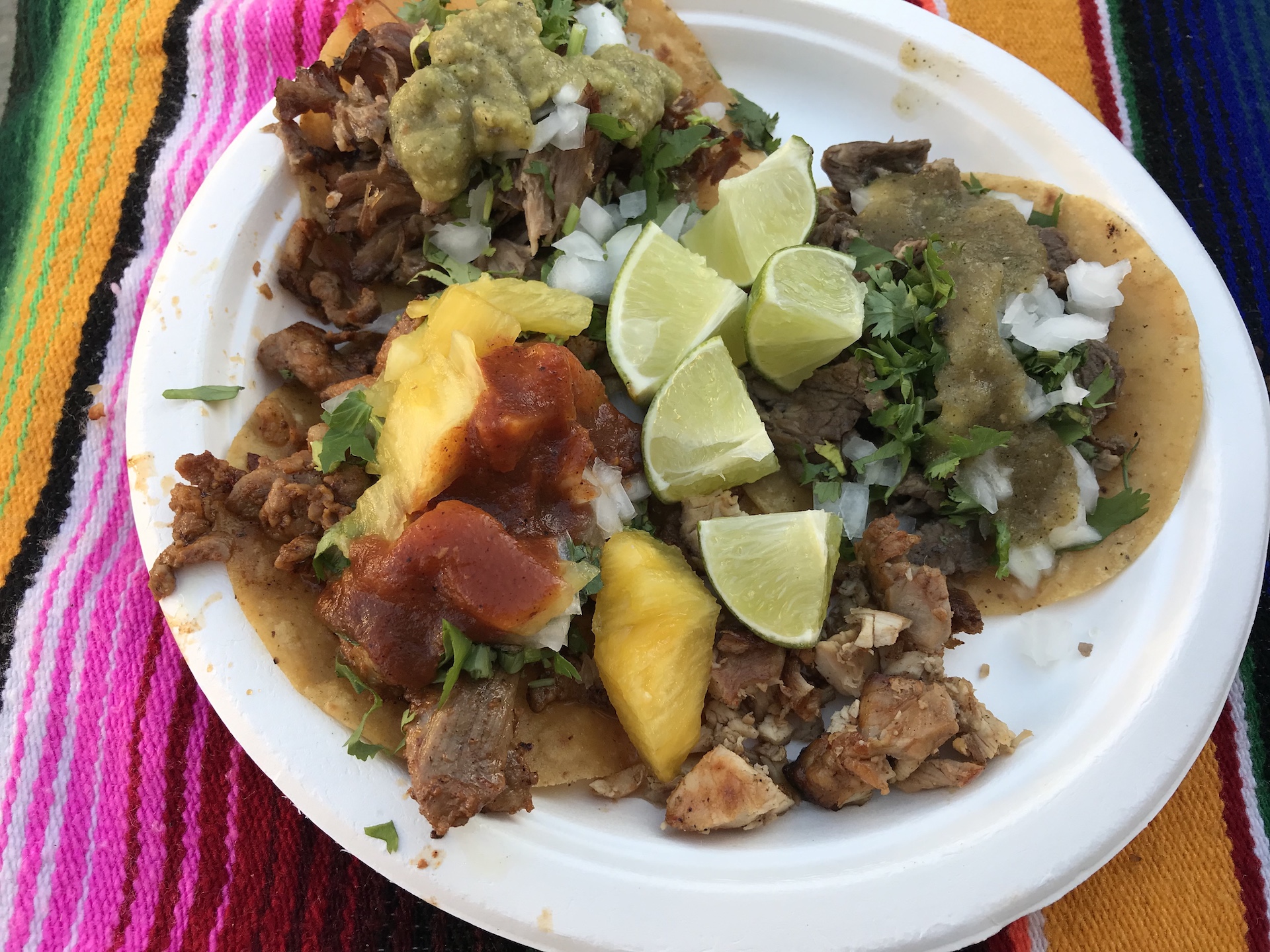
The Bay Area taquero scene is such that instead of competitiveness, you’ll often see taqueros like Miguel Escobedo of Al Pastor Papi rooting for other comrades and posting pictures of them on his social media. "Those are the homies,” he said of La Santa Torta and Tacos El Último Baile.
Escobedo is a recognized name and face in the Bay Area food scene. For many years, he was part-owner of a popular Mexican restaurant in San Francisco. In 2012, he competed in the Food Network show Chopped. Escobedo also competed in Throwdown with Bobby Flay, where his triple threat burrito was the champion against the Food Network chef.
Before his departure from the restaurant in San Francisco, Escobedo had been looking into incorporating tacos al pastor into the menu, but he also wanted his tacos to represent their pure form. “I wanted to go back home and keep it one hundred percent real,” he said.
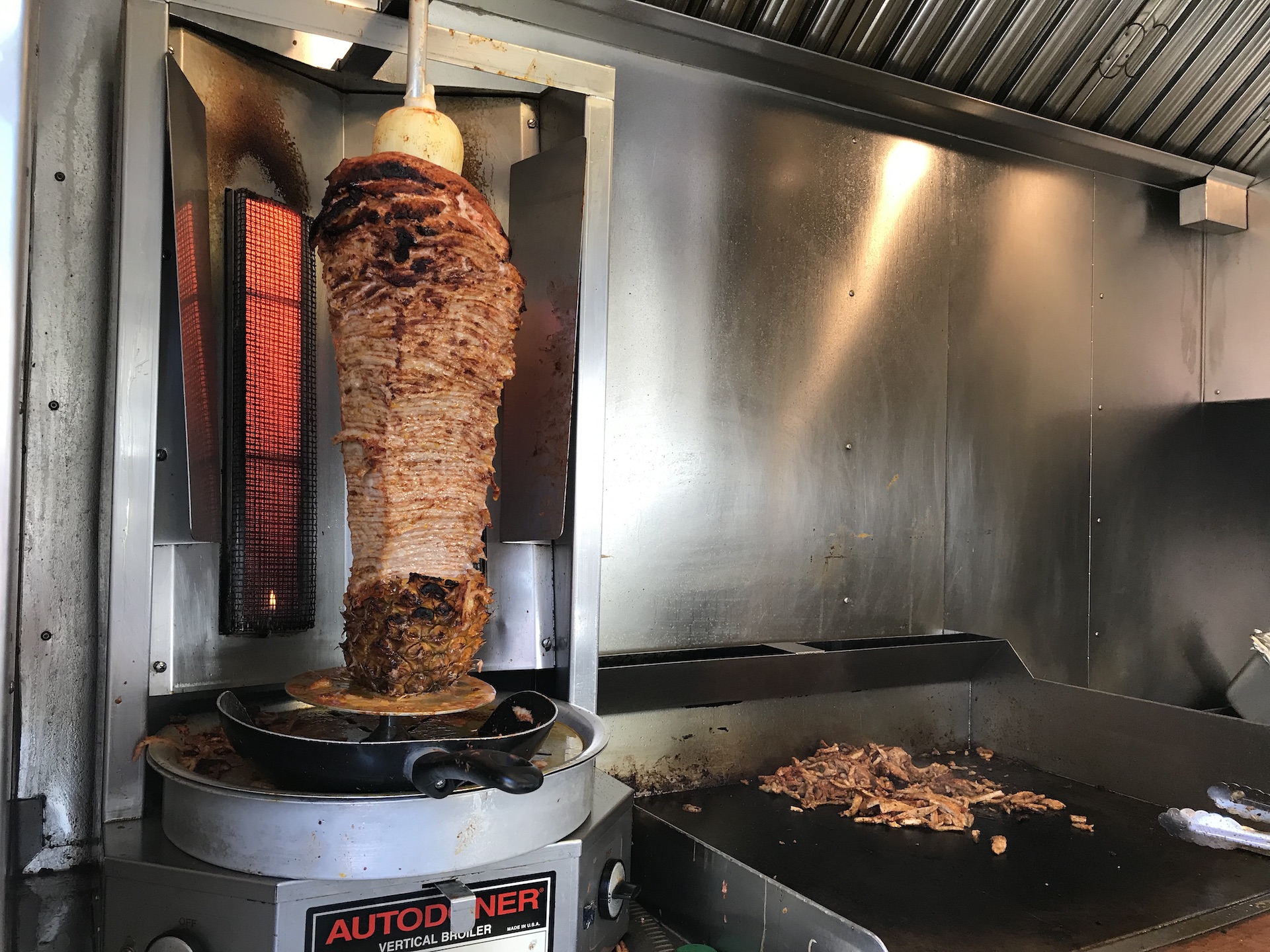
In order to do this, his first order of business was to order a trompo, the vertical grill in which the pork meat is slowly cooked. “When I received the trompo, and I opened and touched it, I felt like when I was 14 and received my first turntables,” the now retired formerly known DJ MR.E said. He knew he was onto something with his soon to be Al Pastor Papi taco truck.
In order to bring a piece of Mexico City (where he was born) back with him and make his al pastor tacos a success, Escobedo knew had to go back there to delve into what it would take to preserve the culture of this now ancestral dish. “I needed to get some street game,” he said of traveling to Mexico to talk to local taqueros but also to take a crash course at the Instituto de Gastronomía México.
There, he was able to learn the mother recipe of al pastor from one of the chefs teaching the course. “He [the chef] solidified my sentiments that this is where I needed to be,” Escobedo said, and everything he learned about the making of the al pastor meat was brought back to San Francisco.
![“The usual order is tacos al pastor, y una coca-cola [Mexican coke],” says Escobedo.](https://ww2.kqed.org/bayareabites/wp-content/uploads/sites/24/2019/08/al-pastor-papi-tacos.jpg)
Escobedo takes pride in each taco he serves, and much like the owners of La Santa Torta, he sees the gleaming faces of chilangos (a name given to those from Mexico City) who come by Al Pastor Papi to gets tacos and with each bite feel like they are back home, “the usual order is tacos al pastor, y una coca-cola [Mexican coke],” he added.
The lack of taquerias equipped with trompos is partly to blame for the lack of authentic tacos al pastor in the Bay Area. Another hurdle is an ordinance with the health department which doesn’t allow for the meat to be sliced off the trompo and served immediately on the tortilla. The meat that goes in the tacos has to first be put on the flat top, then inside the tortilla.
This added step deviates from the original way of serving tacos al pastor like they do back in Mexico City. “I want to lead the fight in educating the health department [inspectors] on what can be done to be able to get the meat right off the trompo,” Escobedo said.
